“I think I was born in the wrong body” is a statement we are hearing more and more often today. Much of the time it’s uttered by youth. This greatly concerns those who care about the well-being of vulnerable children, especially as current estimates predict that about 300,000 kids between the ages of 13 and 17 in the US identify as transgender. This number has doubled in the past five years, and it continues to climb.
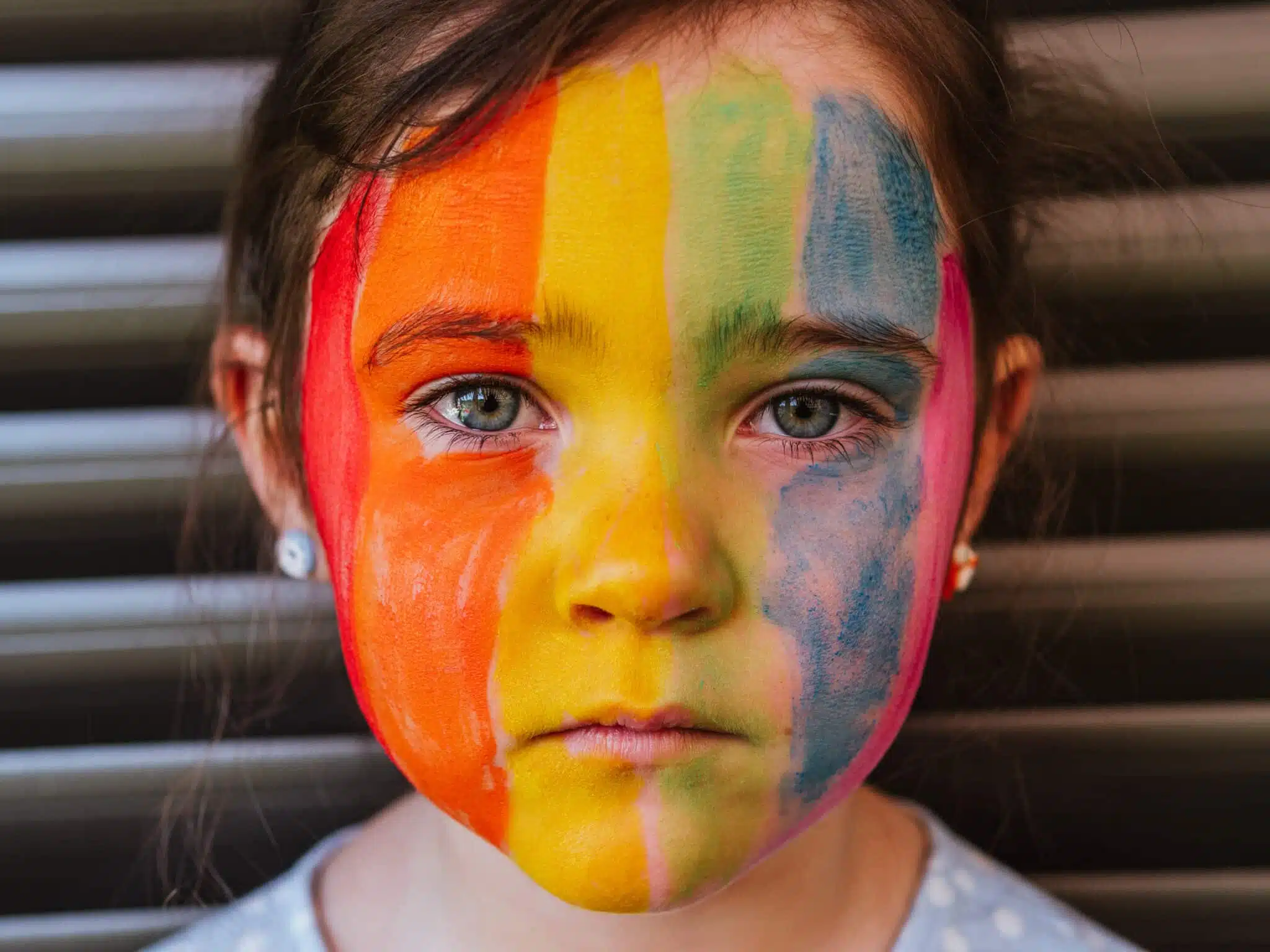
What is Transgenderism?
According to the American Psychiatric Association, the word transgender “refers to a person whose sex assigned at birth…does not align their gender identity (i.e., one’s psychological sense of their gender).”
Some transgender people will experience what is termed “gender dysphoria.” The American Psychiatric Association explains that gender dysphoria is:
a marked incongruence between one’s experienced/expressed gender and their assigned gender, lasting at least 6 months, as manifested by at least two of the following:
- A marked incongruence between one’s experienced/expressed gender and primary and/or secondary sex characteristics (or in young adolescents, the anticipated secondary sex characteristics)
- A strong desire to be rid of one’s primary and/or secondary sex characteristics because of a marked incongruence with one’s experienced/expressed gender (or in young adolescents, a desire to prevent the development of the anticipated secondary sex characteristics)
- A strong desire for the primary and/or secondary sex characteristics of the other gender
- A strong desire to be of the other gender (or some alternative gender different from one’s assigned gender)
- A strong desire to be treated as the other gender (or some alternative gender different from one’s assigned gender)
- A strong conviction that one has the typical feelings and reactions of the other gender (or some alternative gender different from one’s assigned gender)
In order for a person to meet the criteria for a diagnosis of gender dysphoria, he or she must show “clinically significant distress or impairment” in functioning.
In other words, people who are transgender believe that their feelings about which sex they are do not align with their biological body. In essence, they believe they were born in the wrong body.
However, we know that God makes no mistakes. His creation of us is a perfect act of love. He created us as either male or female because He has a plan for our lives, and we matter to Him. In the book of Wisdom, we read a beautiful prayer to God, which says in part: “You love all things that are and loathe nothing that You have made; for You would not fashion what You hate.”
Because God is pure love, and because we are His beloved children, we can be assured that He gave us the bodies He intended for us to have.
So how is it that someone could believe he or she was born in the wrong body?
Societal Views and Fitting In
Adolescence is a difficult time in life. Young children can be mean, exclusive, and even condescending. Many point out or mock every difference they see in others – and many of those differences stem from traditional gender stereotypes. These traditional gender stereotypes have had a great influence on our culture, as people are taught that boys are “supposed to” play with trucks, love sports, like the color blue, and more.
Conversely, they are taught that girls are “supposed to” play with dolls, like the color pink, and are softer and more mothering. Therefore, anyone who deviates from these norms is “different” and tends to be on the receiving end of mockery. For years, traditional gender stereotypes have left out an entire spectrum of people who diverge from these norms, creating a culture where some people are intolerant of young boys who are nurturing or who like to dance or young girls who like to play sports or climb trees.
It is a proven fact that there are biological differences between males and females, but how people behave and what they have a proclivity toward are a result of their individual personalities and preferences. Biologically speaking, differences do exist between males and females, not only in bone structure, but in brain activity, susceptibility to illnesses and disorders, in cognitive and behavioral styles, in the presence or absence of certain organs, and much more. So when someone says that a person born male can “become” female, or vice versa, they are simply wrong. Because of hormones and/or surgery that changes genitalia or removes or adds breasts, a man may be able to dress and present himself as a female, and a female may be able to dress and present herself as a man, but they can never actually become the opposite sex.
In today’s culture, kids are taught to ignore this truth. They are conditioned to believe that, if they don’t adhere to extremes in gender, they must actually be the opposite sex or one of the dozens of gender options listed on platforms such as Facebook. The reality is that kids are being manipulated by a society that twists their confusion or their teenaged angst and persuades them into thinking that these feelings supersede their natural bodies.
We are Created for Love
Jason Evert – writer, speaker, and founder of the Chastity Project – gave a talk earlier this year on transgenderism. During the talk, he told the story of a young man who approached him after one of his previous talks. This boy was the middle child, with two older sisters and two younger sisters. He told Jason that he was transgender and wanted to be a girl. When Jason asked him why, the young man explained that his parents paid more attention to his sisters, that he always felt like the “black sheep” of the family, and that nothing he ever did was “good enough.” The boy told Jason that he felt like, had he been born a girl, his parents would have loved him more.
This sad story teaches a poignant lesson. This young man felt unloved. He felt like he didn’t belong in his family. So he wanted to change his body. He truly believed that doing so would have changed family dynamics.
What Jason saw in this interaction was the boy’s deep longing for love. And while the stories of people who are transgender are as varied as their backgrounds, this is not an uncommon theme. Many kids feel alienated at home or at school. They begin to internalize these feelings, telling themselves that there’s something wrong with them and that maybe life would be better if they were the opposite sex or some kid of invented sex. This confusion leads them to seek out not help but someone to affirm these feelings. They fail to realize, as Fr. Mike Schmitz stresses, if their perception does not match reality, it’s not reality that has to change, but their perception of reality that must change.
And therein lies the problem today. Kids are taught that their feelings about their body must be correct and that their actual body must be wrong. But our bodies are not meaningless. In fact, they are meaningful, and to destroy them or alter a healthy body is wrong.
It’s wrong because we know that God created us as male and female. He created us to complement each other, to bring new life into the world – as only a male and female can do together. Jesus affirmed this teaching when the Pharisees asked Him if it was lawful for a man to divorce his wife for any cause. He responded, “Have you not read that from the beginning the Creator ‘made them male and female’ and said, ‘For this reason a man shall leave his father and mother and be joined to his wife, and the two shall become one flesh’?”
Our bodies are a beautiful and wonderful gift. In Pope Francis’ apostolic exhortation Amoris Lætitia, he cautions against a society that denies the differences and complementarity of the two sexes. He explains, “This ideology leads to educational programmes and legislative enactments that promote a personal identity and emotional intimacy radically separated from the biological difference between male and female. Consequently, human identity becomes the choice of the individual, one which can also change over time.”
The Foundations of Transgenderism
If we look at what transgender ideology truly promotes, we can see its roots in Marxist teaching. Bishop Robert Barron has spoken repeatedly about this. He explains that central to Marxist ideology is the idea of a master/slave dynamic and an antagonistic play between the two. This dynamic creates a class struggle, which Marx says is necessary to bring about revolution. This is a revolution that we see today with gender ideology and the pushing of young people to follow their “feelings” and ignore their natural bodies.
A Crisis Magazine article reports, “To the gender Marxist, there must be an all-out war against all sciences, disciplines, and institutions that uphold the gender distinction between male and female because, insofar as this division between the sexes lives, inequality will thrive because the division between male and female entails that there is a ‘natural predisposition’ to different wants and talents that serves to divide humans, which leads to the unequal distribution of labor, which is the genus of inequality.”
The author continued, “The dream of egalitarianism [that all people are equal] requires, from the Marxist disposition, the eradication of the gender division because it is the gender division that is the root of all inequality. This is where the new gender ideology comes full circle.” He then explains that the purpose of gender ideology is the “eradication of gender” because this is the first step in ridding our world of the “sexual division of labor, which is the cause of all inequality and oppression in the world.”
This ideology was also espoused by a man named John William Money, who emigrated to the United States in 1947. He received a PhD from Harvard in 1952 and in 1966 founded the Gender Identity Clinic at Johns Hopkins University. He then began studying sex reassignment. Money later coined the term “gender role.”
According to Simply Psychology, “John Money believed that gender identity is primarily learned through one’s upbringing (nurture) as opposed to one’s inborn traits (nature). He proposed that gender identity could be changed through behavioural interventions, and he advocated that gender reassignment was the solution for treating any child with intersex traits or atypical sex anatomies.”
Alfred Kinsey was another man who began teaching that sexuality could be fluid. He began his research career as an entomologist, but in the late 1940s and early 1950s, after teaching a class on reproduction and marriage, he became interested in gender. In his research, he defined human sexuality and utilized a graded scale to define it. Kinsey rejected the binary approach to sexuality. He did not believe that people were either heterosexual or homosexual; he saw people’s sexual behavior on a continuum, which rarely described them as one or the other.
Our world seems to have gone from one extreme to another. In the past, women were considered property and treated as possessions. Today, things seem to have swung the completely opposite direction and women are expected to be like men. But this denies the authentic femininity of women. This ignores the complementarity of the two sexes. Yes, women and men have equal dignity. Yes, they should be treated equally. But equal does not mean the same. Men and women are naturally different. And these differences are good. But society doesn’t want to see these differences as good. And it now pushes those who are confused into dangerous territory.
Regret
Paul McHugh, the University Distinguished Service Professor of Psychiatry at Johns Hopkins Medical School, wrote in a 2015 article, “At Johns Hopkins, after pioneering sex-change surgery, we demonstrated that the practice brought no important benefits. As a result, we stopped offering that form of treatment in the 1970s. Our efforts, though, had little influence on the emergence of this new idea about sex, or upon the expansion of the number of ‘transgendered’ among young and old.”
Stories abound of people who regret their decision. Recently, a young woman from the United Kingdom spoke out against the clinic that helped her transition from a female to a male. Jasmine regrets her decision, saying it made her feel worse. She had a double mastectomy and now wants to warn people against making the same mistake.
Another young woman who received “care” at the same clinic is also speaking out about the dangers. Keira Bell said that she wished the clinic would have listened to her and would have attempted to dissuade her from the surgery she sought. She stated, “What was really going on was that I was a girl insecure in my body who had experienced parental abandonment, felt alienated from my peers, suffered from anxiety and depression, and struggled with my sexual orientation.” She said she was put on puberty blockers at 16. She began receiving testosterone shots a year later. And then at 20, she had a double mastectomy. She wrote, “The further my transition went, the more I realized that I wasn’t a man, and never would be.”
Another story of detransitioning comes from a young woman named Chloe Cole, who recently spoke before the US Congress, urging them to act against gender surgeries and treatments. Cole explained that she was diagnosed with gender dysphoria, then given both puberty blockers and testosterone. She received her first injection at age 13. Then at 15, she had a double mastectomy. She spoke to Congress on her 19th birthday, saying, “I didn’t need to be lied to. I needed compassion. I needed to be loved. I need to be getting therapy to help me work through my issues. Not affirmed to my delusion that by transforming into a boy, it would solve all my problems.”
The stories go on and on. In fact, a subreddit community for detransitioners has amassed over 49,000 members and is full of heartbreaking stories of how people cannot recognize themselves after taking testosterone, after puberty blockers, and after surgeries. They say they hate their voices. They hate the way they look. They feel used, lost, scared, and unhappy.
These feelings are backed up by studies that show that transitioning often brings about more anguish than happiness. A 30-year longitudinal study in Sweden found that “persons with transsexualism, after sex reassignment, have considerably higher risks for mortality, suicidal behaviour, and psychiatric morbidity than the general population.”
Yet those on the other side want us to believe otherwise. For example, Humanists International reports: “The strategy of creating a false moral panic around ‘gender ideology’ is used by populist leaders to marginalize gender and sexual minorities, roll-back fundamental rights, and ultimately to galvanize and unite their own conservative support base.”
This “false moral panic,” as the author states, is neither false nor an accurate description. Our desire is not to marginalize anyone. Our desire is not to deny anyone’s rights. Our desire is to teach that our bodies are gifts that we should not destroy. Our desire is to teach the truth about what happens when people alter their bodies.
Your Body is Unique and Beautiful
Every single one of us is a unique and unrepeatable human being. We all have beauty, talents, and gifts. As Pope Francis wrote in Laudato Si, “The acceptance of our bodies as God’s gift is vital for welcoming and accepting the entire world as a gift from the Father and our common home, whereas thinking that we enjoy absolute power over our own bodies turns, often subtly, into thinking that we enjoy absolute power over creations. Learning to accept our body, to care for it and to respect its fullest meaning, is an essential element of any genuine human ecology.”
A society that dictates to people, especially impressionable children, that they are not a boy if they don’t feel like a boy, or they are not a girl if they don’t feel like a girl leads them to believe that feelings should be the guiding force in life. Yet we all know that feelings are fleeting. We know that feelings can change – and they often do. In fact, 80% of children who question their gender will eventually grow out of it if no gender-altering intervention is taken.
The key, as Jason Evert and Bishop Barron say, is walking with a child who says he feels gender dysphoria. It’s talking to them, asking questions, seeking insight. It’s telling the truth with love and charity. It’s helping them see the beauty in their own bodies. It’s guiding them to a counselor who can also walk with them without allowing them to destroy their bodies.
Many will say that telling the truth about puberty blockers, hormones, or transitioning surgery is an attack on the LGBTQ community. We assert that it’s just the opposite. These actions and teachings are born of love and compassion.
Final Thoughts
In Amoris Lætitia, Pope Francis warns, “It is one thing to be understanding of human weakness and the complexities of life, and another to accept ideologies that attempt to sunder what are inseparable aspects of reality.”
Because we love our fellow human beings, we can never accept their claim that bodies should be altered and destroyed because of feelings. The reality is that our bodies have an inherent goodness – a goodness we should embrace.
So, what is the solution? Bishop Barron teaches that the heart of Catholic social theory should be love. And not love the feeling, but love the act, for love is wanting what is best for another person. In order to truly desire what is best for someone, we must first understand the things that are inherently good. We cannot simply assign value or goodness to things that are not actually good, like the maiming of a body.
So, in love and in charity, we must teach the beauty of the human body as God created it. We must walk with our brothers and sisters who dislike themselves or who feel they are in the wrong body. And we must listen when they talk. For only when we help people understand that they are loved can they begin to love themselves.
Related Content
Susan Ciancio has a BA in psychology and a BA in sociology from the University of Notre Dame, with an MA in liberal studies from Indiana University. Since 2003, she has worked as a professional editor and writer, editing both fiction and nonfiction books, magazine articles, blogs, educational lessons, professional materials, and website content. Fourteen of those years have been in the pro-life sector. Currently Susan writes weekly for HLI, edits for American Life League, and is the editor of its Celebrate Life Magazine. She also serves as executive editor for the Culture of Life Studies Program, an educational nonprofit program for k-12 students.




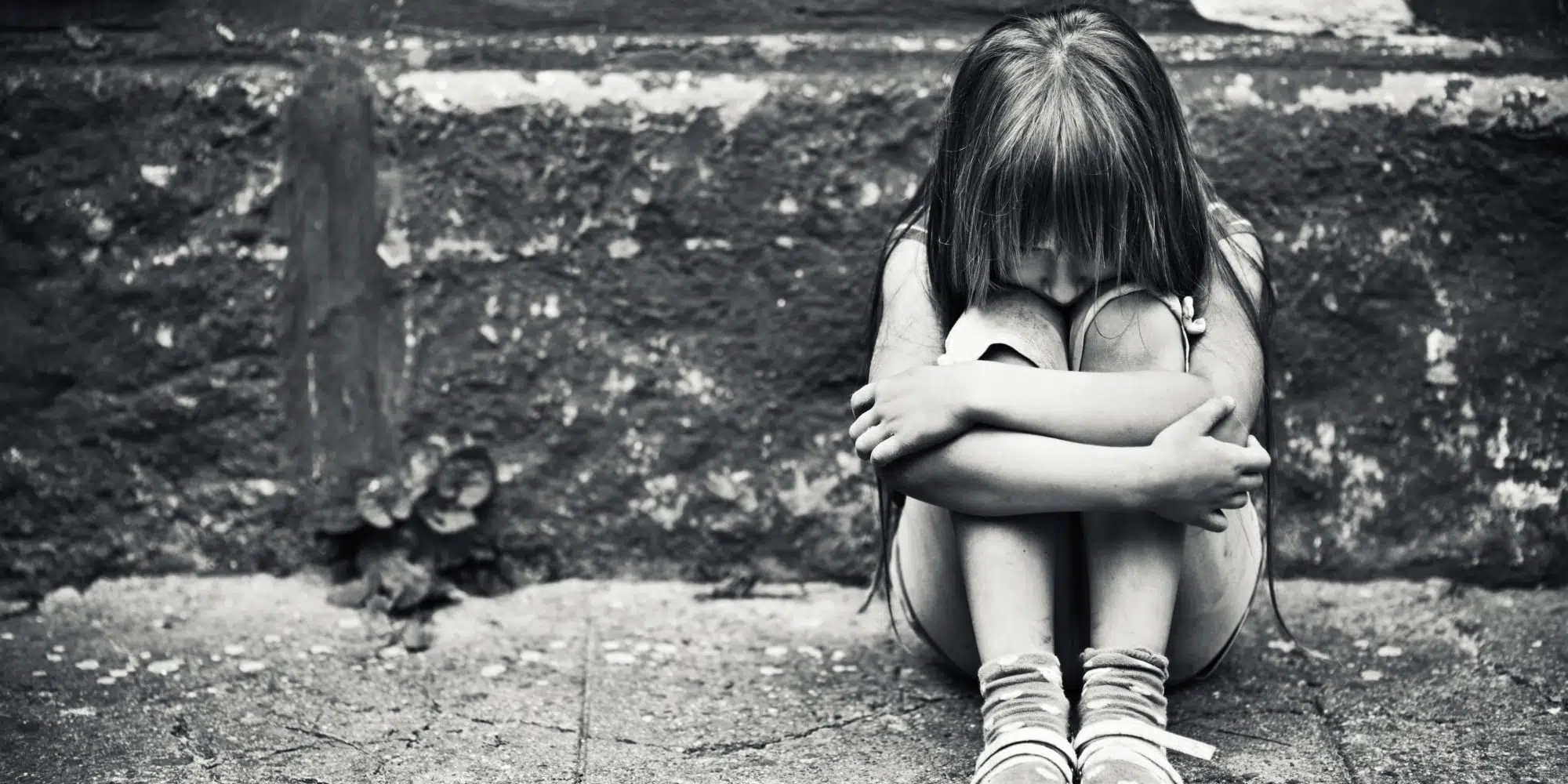
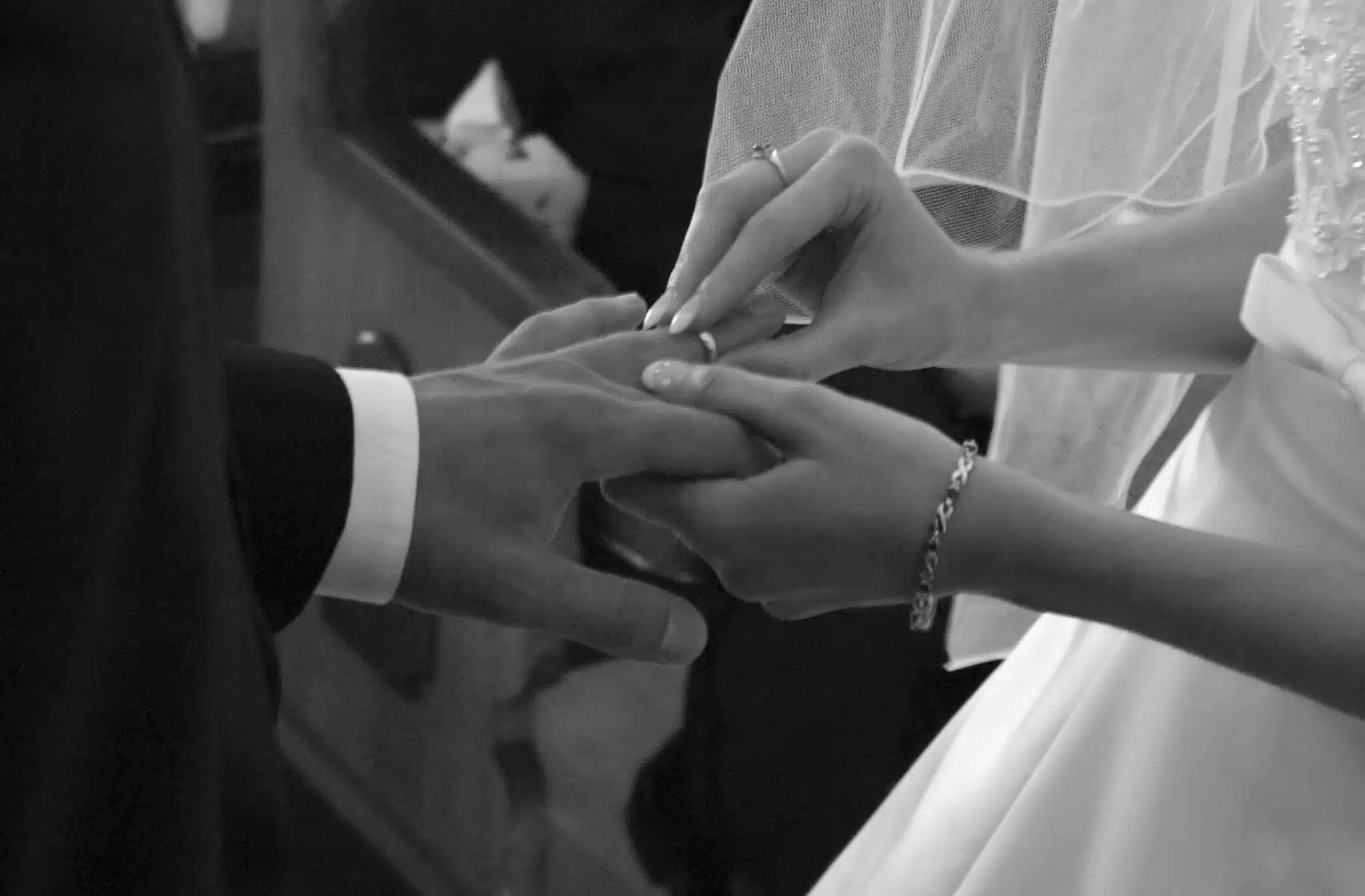
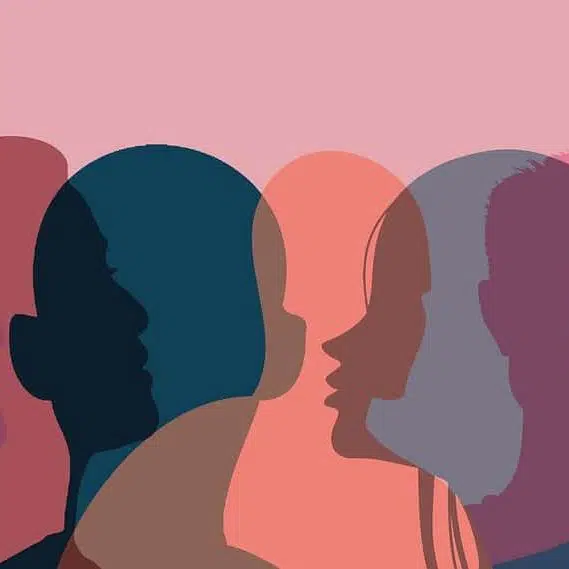
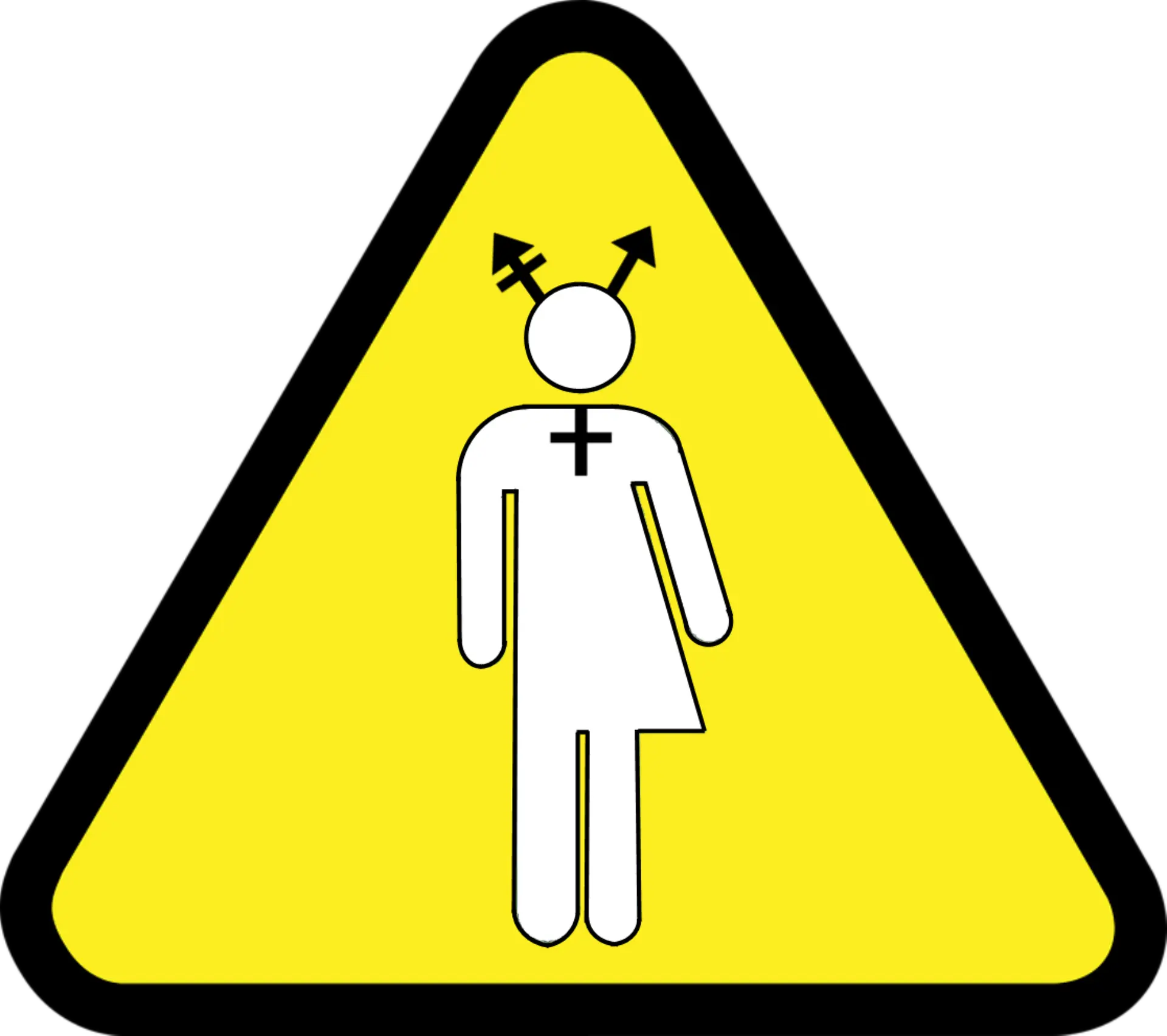

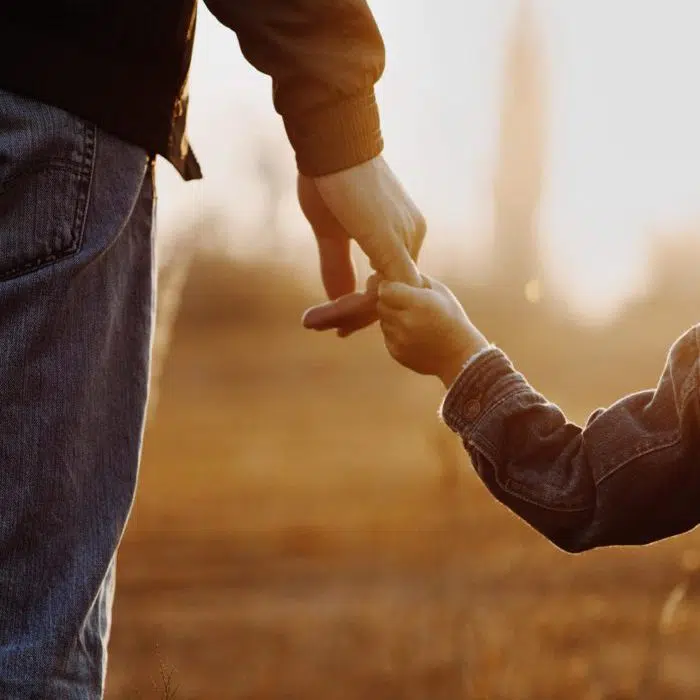


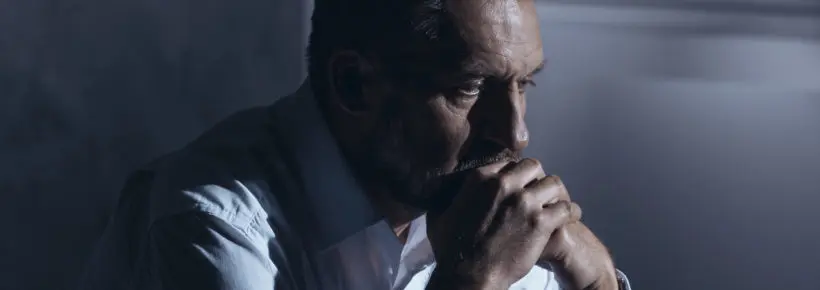





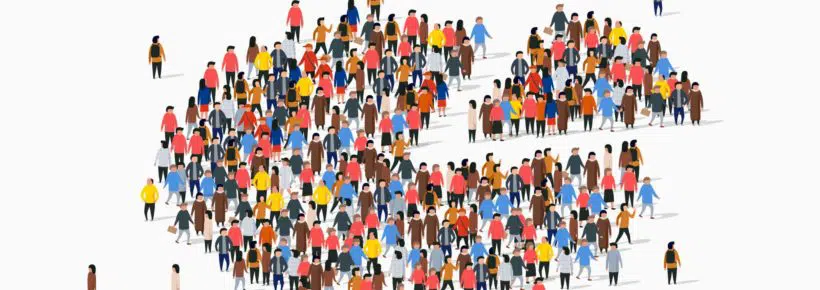
Thank you for writing and sharing this. It is information that all pleople should know.
GREAT article with helpful and eye opening information. Thank you!